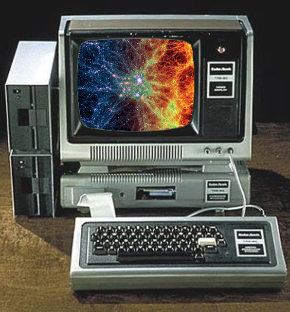Alien search improved
 Australian researchers have developed a program to sift through space signals and search for alien life.
Australian researchers have developed a program to sift through space signals and search for alien life.
The local team used the method to search through more than 480 hours of data from the Robert C Byrd Green Bank Telescope, a process usually made extremely time-consuming due to interference caused by human technology.
The research uses data from the Search for Extraterrestrial Intelligence (SETI) Breakthrough Listen Initiative and identified eight previously undetected signals of interest, although they have not been re-detected in follow-up observations.
It has been suggested that the detection of certain types of radio signals could be an indication of potential technological life, given that artificial radio signals can be distinguished from natural ones.
SETI programmes have been scanning the sky with radio telescopes for decades to detect unambiguous artificial signals coming from the stars. However, this search is complicated by interference from human technology, which can generate false positive identifications that are time-consuming to filter out from large data sets.
The new machine learning-based selection method analysed 115 million snippets of data, from which it identified around 3 million signals of interest.
The method was then able to further reduce this to 20,515 signals, which is more than 100 times less than previous analyses of the same dataset. The authors inspected the 20,515 signals and they identified 8 previously undetected signals of interest, although follow-up observations of these targets have not re-detected them.
Still, the researchers say this method could make identifying strange space signals more efficient, speeding up the search for extraterrestrial intelligence.
More details are accessible here.








 Print
Print